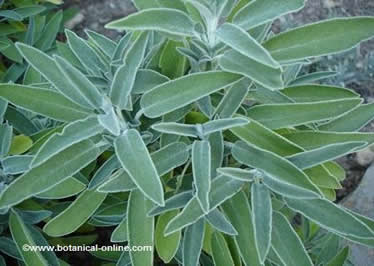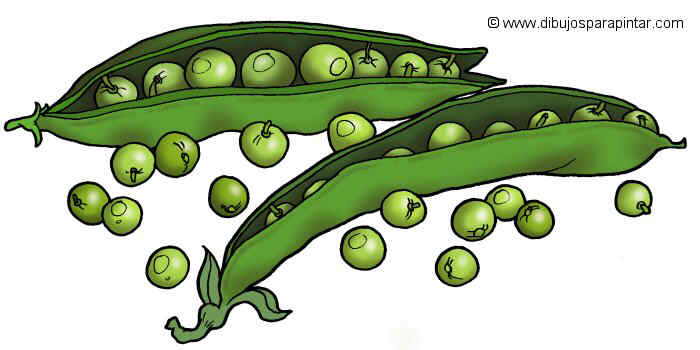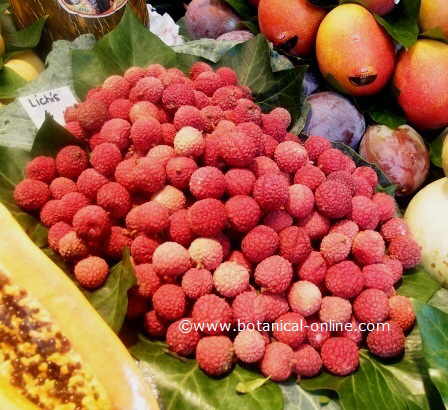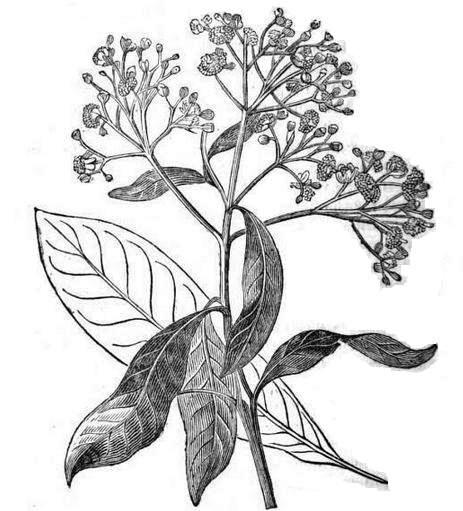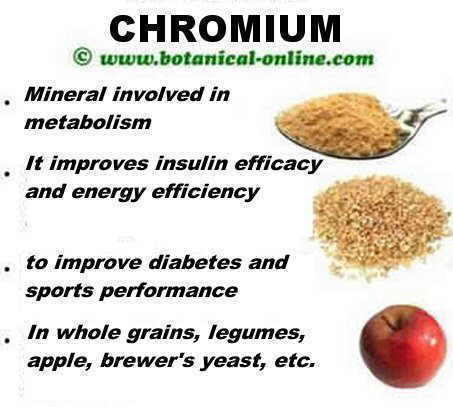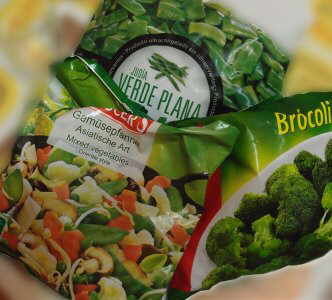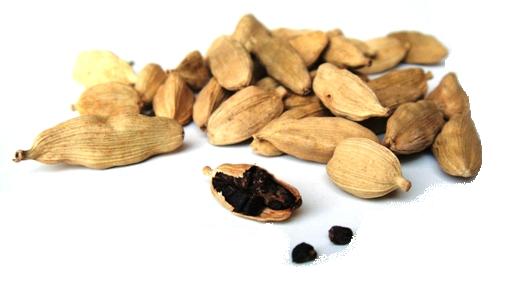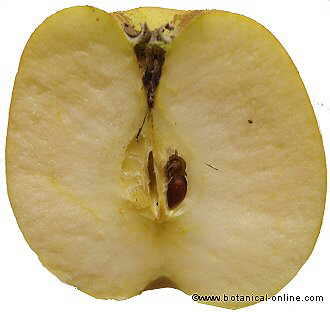Contents
What do eggplants need to grow well?
 Eggplants – environment and exposure
Eggplants – environment and exposure
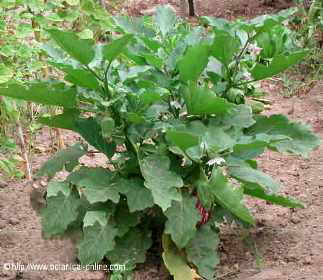
Eggplants are plants of tropical and subtropical origin. They require a sunny position, requiring 10-12 hours per day. If grown in warm climates , they grow as perennials. If grown in cold areas should be grown as annuals. (In the latter case, eggplants produce fruit until the cool fall stops growing or when the plant has exhausted its reserves)
In cold places it is better to grow them in the greenhouse . The ground is frozen when the temperature reaches 0 degrees C and stops growing when it is between 10 and 12 ºC or when it is above 40 or 50 degrees C. In warmer places its cultivation is done outdoors.
In temperate locations, they will require exhibition well protected, next to a sunny wall.
The lack of light in the eggplants produced an exaggerated increase of the plant that adopts an elongated and lanky shape. In low light, this plant produces virtually no flowering and the fruit produced does not have a good aspect or a pulp of good quality.
What is the ideal climate for eggplants?
The ideal temperature for cultivation is centered on 22 and 27 º C during the day and 17-22 º C overnight. The ideal temperature for flowering is between 20 and 30 º C. Although it is a plant belonging to the same family as tomatoes or peppers, it needs much more a high temperature to be able to grow and to produce abundant fruits.
In order to be able to grow, they need a minimum temperature among 13 and 15 ºC
Although the eggplants need an abundant irrigation, they do not tolerate a very high or very dry environmental humidity.
The suitable humidity range would be between 50% and 60%. The excess of humidity or an excessive dryness of the atmosphere can be the main cause of numerous fungal diseases, as well as of the lack of development or the fall of the flowers.
 Eggplants – Sowing and planting
Eggplants – Sowing and planting
Eggplants are obtained from seeds. Eggplant seeds can be stored for five or six years.
Sowing has to be done in late winter (in cold areas protect the seeds) or early spring, about late March or early April (Sow outdoors in warmer places)
Before doing it , it is necessary to put the seeds in water at a temperature of about 21 ºC. This facilitates germination.
Put the seeds in pots to be kept under cover at a temperature between 18 and 20 ºC. A drawer in a greenhouse or a windowsill is the perfect place to get them to germinate and grow seedlings, which usually requires about 25 or 30 days or so.
How to transplant eggplants
When seedlings have reached a sufficient size to be manipulated, they must be transplanted to small pots that have to be placed under protection in warm climates.
When these plants reach about 10 cm in height shall be transplanted to their final place, where environmental conditions are appropriate.
If weather is cold, final planting will not take place until the soil has warmed. To facilitate their heating, you can cover the ground with cloches a few days before planting. In hot do not need to be careful.
Plantation was carried out on rows 60 cm apart from each other. Each plant is placed in the middle of distant ridge between 50 and 70 cm from the next plant.
Eggplants – Types of soil: preparation and fertilization
Eggplants prefer fertile and deep soil, fitted with good drainage. They do not tolerate clay soils that facilitate the accumulation of water in their roots and are responsible for decay and development of many diseases, although it thrives very well with clayey-sandy.
Their favorite pH is 6.5 but they may thrive at a pH of 7. Saline soils must be avoided.
Before planting we must prepare the land. This task is performed in winter. We will remove the soil well for this can be well shredded. During this task we will provide the manure that would be very necessary for good production. An approximate amount of 450 kilos per 100 m 2 would be appropriate.
To this amount of manure, we should add 500 g of nitrogen, 1300 g of phosphorus and 2700 g of potassium per 100 m 2.
In addition to this basal dressing, it would desirable to fertilize two or three times during its entire productive process, with a quantity of 350 g of nitrogen in each application for each 100 m2 in February. Another option would be the use of ecological fertilizers, such as nettle slurry.
Eggplants grown in pots, do better in a light soil made from a mixture of sand and peat.
![]() More information on eggplant
More information on eggplant


